18 November 310
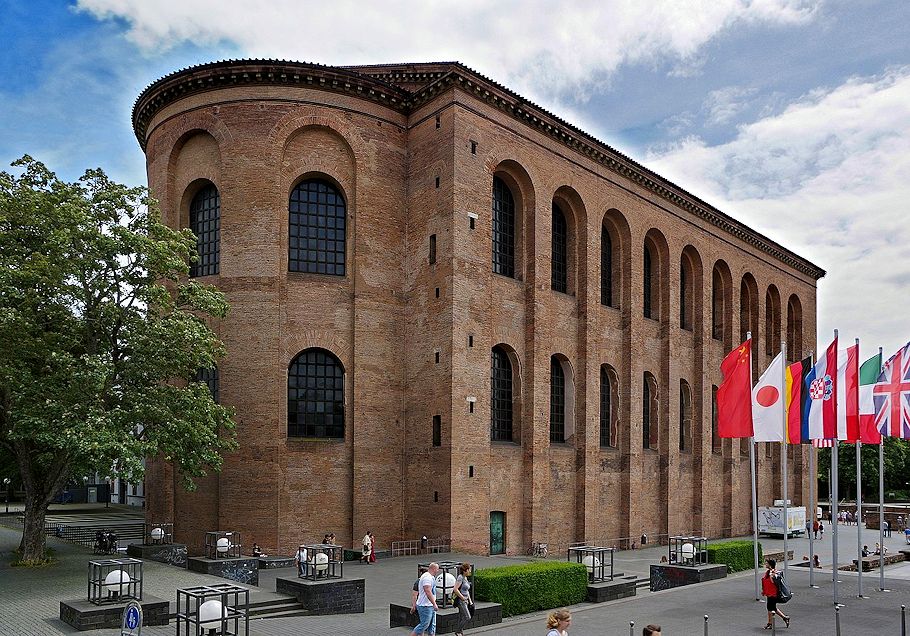
Aula Palatina Constantine is at Trier since August, and possibly soon on his way to Britain.
18 November 327
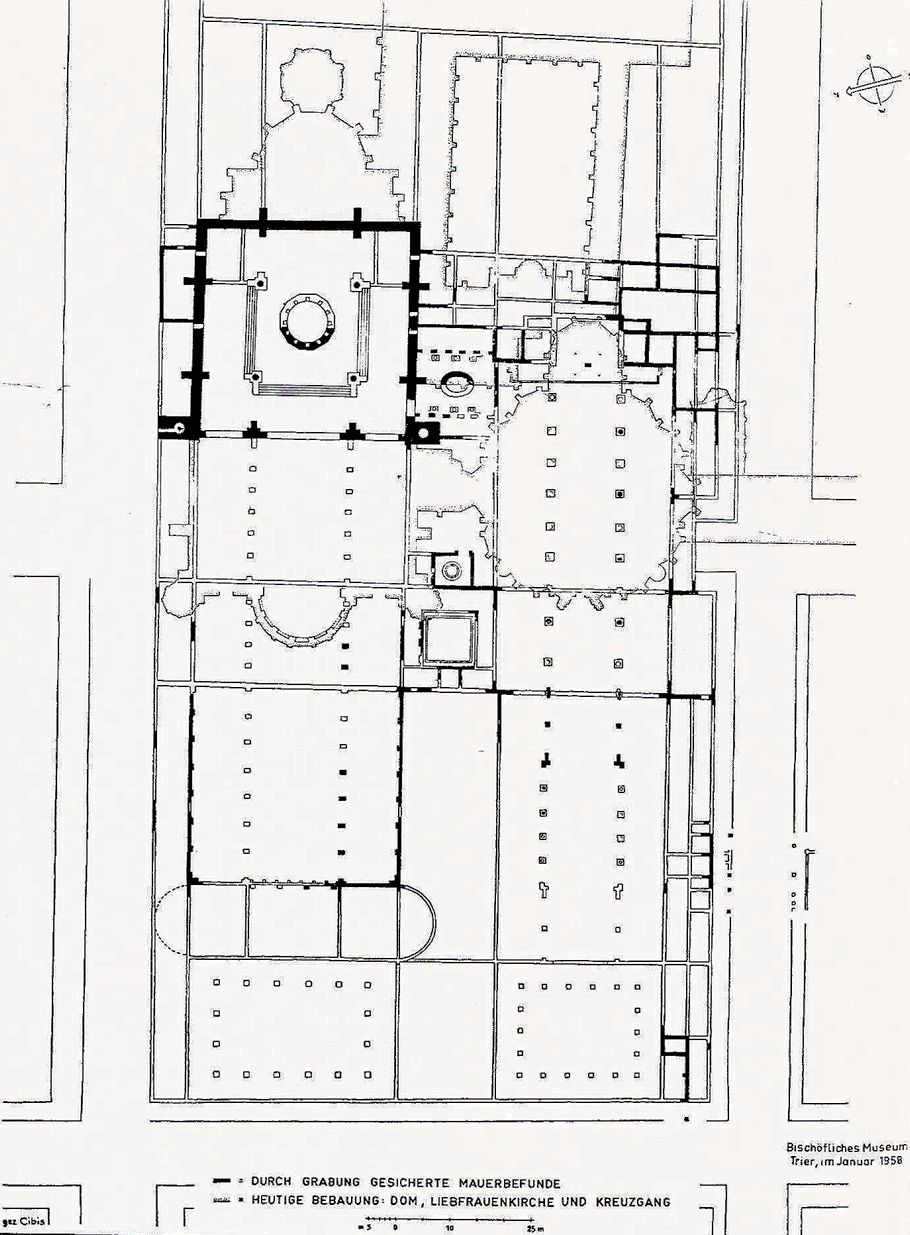
Plan of the remains of the Constantinian double cathedral at Trier. Constantine is at Nicomedia where next month he will attend a Church Council, and, since Helena has already died, Eutropia may well be at Trier supervising her last architectural project.
18 November 1778 Wednesday
Lots of assets, yes. Just a lack of liquidity.
18 November 1812 Wednesday
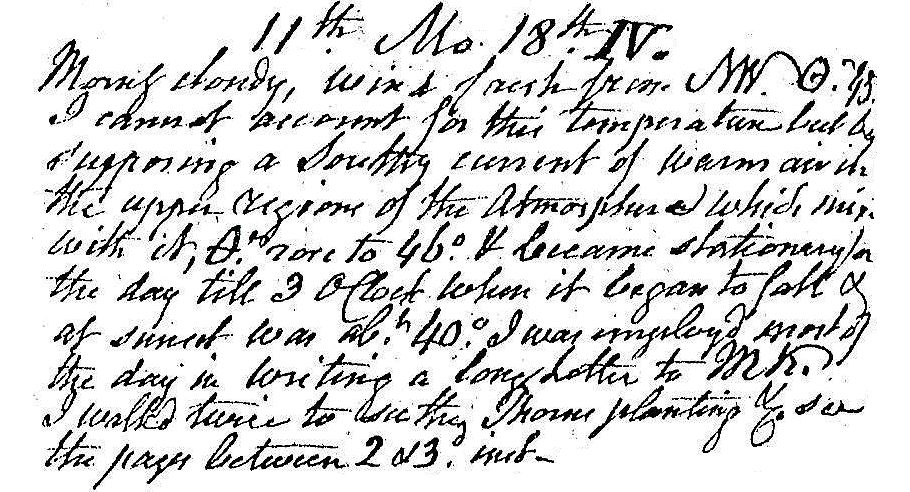
Morning cloudy, wind fresh from NW. ... I cannot account for this temperature but by supposing a southerly current of warm air in the upper regions of the atmosphere ... which mix with it. Temperature rose to 46 degrees and became stationary for the day till 3 o'clock when it began to fall and at sunset was about 40 degrees. I was employed most of the day in writing a long letter to M.K. I walked twice to see the Thorne[?] plantings, etc. see the pages between 2 & 3 in...
18 November 2002
Re: Yale School of Art
First off I am not an art historian. My only professional schooling (latter 1970s)/training is as an architect; I am registered but with a lapsed license. If anything, I am an independent, project oriented artist, and I engage a variety of media. Since the bulk of my effort over the last six years has been toward maintaining two net domains as the outlet for my endeavors, then perhaps yes I now am a 'practicing' net artist. (I really like the self publishing ability that comes with HTLM, and I've been working with that 'language' as a continual subtext to all the other work.)
My prior commentary was admittedly extreme, but I wanted to make the point that academia sets an artificial range of parameters, and (one could say) that one theme that runs through some of my work is the ongoing investigation of accepted parameters, especially those most taken for granted, or those most seen as somehow being above reproach. A project that ultimately redefines parameters is, of course, very satisfactory, but not necessarily a fulfillment of an overriding goal from the start.
All higher education is now a high priced consumer item, and I feel it should be recognized as such from the get go. Thus, for me at least, I find it to be a lot more artful/artistic when I can attain something extremely valuable, yet at the same spend relatively no money getting it.
Suffice it to say that I was/am attempting to clearly describe, and indeed often manifest, a fundamentally alternative mode of operation via my 'work'. This does not automatically mean that I am then also trying to be better (than 'everyone else'), but if I do come across what appears to be a(n unwittingly accepted) mistake, I will see if I can "fix it."
double cathedrals ?
Double cathedrals (basilicas), specifically those of the Helena/Constantine era, are a rare architectural church typology. Krautheimer's Early Christian Architecture names and illustrates two double cathedrals, Aquileia (313-19) and Trier (after 325), and there is a footnote on "double cathedrals"--"Examples are found along the Istrian coast at Pola, Porec, Nesactium, Trieste, and Brioni, and in Carinthia at Hoischugel and Hemmaberg" (and then giving German and Italian text references to studies of specific cathedrals/locations). I find this typology very intriguing, not only architecturally, but also because of its specific concentration both by location(s) and time period. I admit to not fully conducting research on the subject, but nonetheless I have a 'theory' as to the existence of double cathedrals in the first place.
Simply put, I wonder if double cathedrals represent places where religious services were conducted for both Latin and Greek speaking congregations. For example, the repeated presence of Athanasius at Trier at least suggests some prominent Greek speaking at Trier in the first half of the fourth century, and I assume Latin was spoken at Trier since its founding. Additionally, Trier's Aula Palatina (the Constantinian throne hall, circa 306-312) exhibits brick-workmanship that prior to that time was only found in the East, hence suggesting a migrant workforce at Trier. The notion of congregations split between Latin speakers and Greek speakers may also explain the presence of double cathedrals along the Istrian coast. (I do not know where Carinthia is, but judging by the German names, they might be near Trier.)
Is there a (hopefully) readily available study of double cathedrals? Is the notion of "bi-lingual" congregations completely off base?
Re: double cathedral ?
Thanks Florin,
Your reply does help, but it also shows that a definite reason for double cathedrals or double churches remains elusive. I recall reading (but have since forgotten where) the explanation of double cathedrals being designed for "those who would receive communion from those who could not" I believe in reference to Trier. I also once did a web search on "double basilica" and found reference to Aliki. Having origin dates of the churches you mentioned would be more helpful, as well as the plans of each church if available. At least that is how I would like to continue the study of these buildings, if I had the resources, thus enabling a comparative analysis.
Here are some other questions:
Was the speaking language of a Christian congregation even relevant during the fourth century?
Were Christian services celebrated in the vernacular during the fourth century?
Was the fourth century Roman Empire largely a Latin speaking world, or were Latin and Greek somewhat equally popular languages throughout the Empire, particularly during the time of the Neo-Flavians?
The double cathedral at Trier, for me, stands out because of its original enormity in size (more than twice the size of the double churches that still stand in Trier today), and because it was imperially sanctioned, in that prior to the cathedral construction the site was an (or was it the?) Imperial palace. Of all the early Christian basilicas directly linked to Constantine (and Helena), this church is the only double. Is there any positive evidence of what languages were popularly spoken at Trier at the time in question?
[Just now I am reminded of once as a child going to Mass in Bavaria. I was somewhat shocked that all the men sat on one side of the church and all the women and children sat on the other side of the church. I know I'm now going to be close to guilty of freely associating, but was division of the sexes perhaps a reason for double cathedrals and double churches? I probably need to remind everyone here that I am an architect, and from much study of architecture history, it is more often than not that "form follows function," thus, in the case of double basilicas precisely at the time when Christian church architecture was in seminal development, I'm trying to investigate what the function was that formed double basilicas.]
18 November 2006
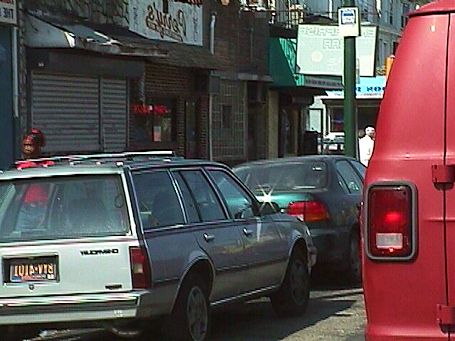 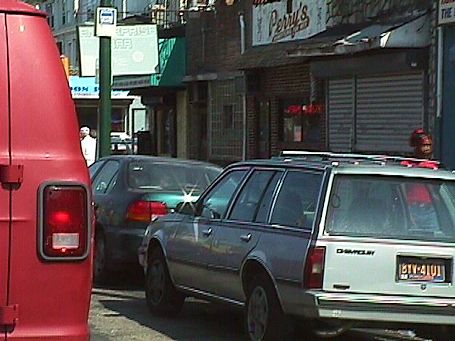
18 November 2022 Friday
I had fun telling JP how, apparently, Miers Fisher did not completely abstain from alcohol, for, back on 30 October, after witnessing at the polls how the presidential election votes where not going as he would have expected, rather than go straight home, he went to the Fox Chase tavern instead, where he even met Dr. Moore, perhaps the most respected of all the Quakers of Abington Friends. I suppose we now know of at least one thing that will drive some Quakers to drink.
|